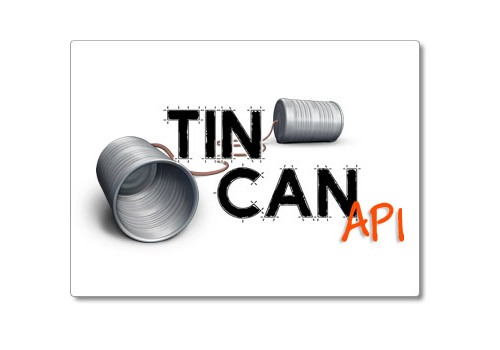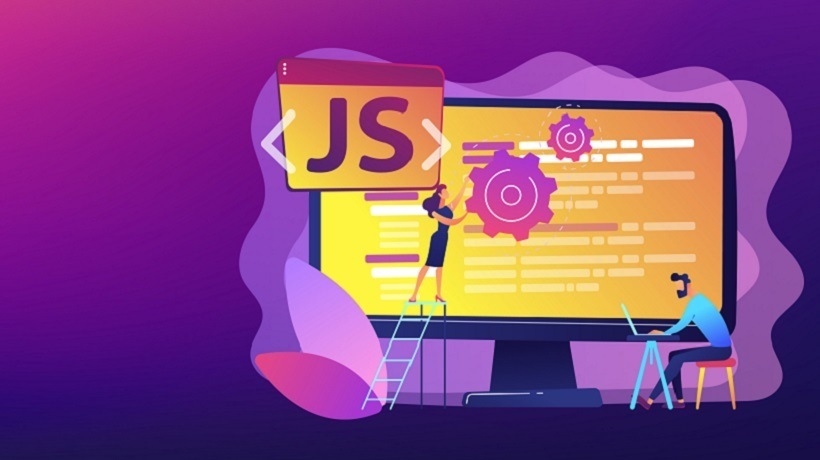The Use Of APIs In Digital Learning
APIs have changed the world for the better. Digital learning APIs are being used by organizations all the time, even though the common user might not see them. From displaying Twitter feeds on a homepage to showing eCommerce listings on a website, APIs are used for a number of things and these days APIs are even used to provide an organization’s employees with improved Learning and Development (L&D).
What Is An API And What Are Its Uses In Digital Learning?
An API stands for "Application Programming Interface" and what it is is a tool that lets a client computer pull in data from a server computer. This could also be understood as a tool that makes a website’s data available for a computer. An API basically is a waiter that fetches your order (the data) from the kitchen (the server). Now that we have an idea of what an API is and what it does, let us understand what its uses are in digital learning.
There are basically 2 main uses of an API in digital learning. One, learner data and tracking and two, surfacing content and creating richer learning experiences.
- Learner data and tracking
Digital learning APIs consistently capture data about a person's or a group's activities. This includes data about all their learning activities, such as courses, mobile apps, social discussion contributions, and even offline learning experiences. Also, this data can be accessed by L&D managers via the API and can also be saved or consolidated to be used later on. APIs offer hundreds of data points about learner activities, which makes it easy to offer relevant and personalized learning to employees/learners. - Surfacing content and creating richer learning experiences
Another use of API in digital learning is to display learning content wherever it is needed, such as on an intranet or a learning app. Digital learning APIs can also surface content from multiple systems seamlessly and transparently, thus creating a much richer experience for your learners, for example, displaying relevant articles from different sources into the learning app as a list or column at the side or bottom of the screen.
Now that we’ve understood the uses of an API in digital learning, let us discuss the different learning APIs available today and which one is the best for your organization.
Popular Learning APIs Used Today
There are basically just 2 popular learning APIs being used in digital learning these days. SCORM (Sharable Content Object Reference Model) and xAPI (Experience API or Tin Can API). Let us discuss their pros and cons.
1. SCORM
SCORM is a highly popular industry standard that uses a JavaScript API to communicate information between the course content and the LMS. It allows developed content to survive technological changes without expensive recoding or redesign and helps develop courses that are portable and run on any standard SCORM-compatible LMS. SCORM also allows easy integration and sharing across platforms as well as allowing learners to bookmark their progress. Detailed tracking of reports on a learning object is also possible through SCORM. Disadvantages of SCORM include issues that exist with scripting across browsers, the fact that the content and the LMS must reside on the same server, as well as the fact that SCORM content uses JavaScript which is not very secure.
2. xAPI
Experience API or Tin Can API is a newer API and thus is used by organizations that use modern digital media such as blogs, video nuggets, infographics, presentations or wikis in an informal manner. xAPI goes beyond the confines of a traditional LMS and thus is a better choice for modern organizations that use mobile learning, microlearning, blended learning, and other advanced digital learning strategies. The only disadvantage that can be thought of is the fact that xAPI doesn’t correlate activity to performance and context. It simply tracks and stores an experience as an activity statement, but unfortunately, there is no API which currently solves this problem.
To conclude, your choice of digital learning API should depend upon your needs. If you require product maturity, you should stick with SCORM. If, however, you require a rich learning experience using modern learning strategies, you should integrate Tin Can API into your L&D program.










